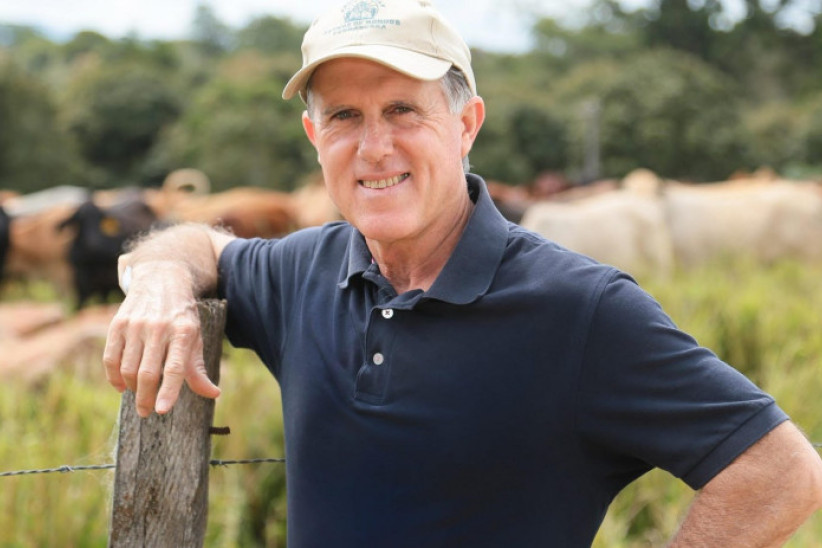General News
27 August, 2022
Mayor explains rate hikes
WITH rates notices on their way to Tablelands Regional Council ratepayers this week, Mayor Rod Marti has moved to explain why farmers and graziers will have massive hikes and what actions council is taking to avoid a similar situation in the future.

Due to very high valuations, farmers and graziers will pay on average of between 19 and 34.5 per cent more in rates this year.
That means those in Categories F and G (which cover farming and grazing properties) will pay on average between $1020 to $3530 more, with the highest increases in each category at $3328 and $12,152 respectively.
Mayor Marti, who has written to those whose rates have risen by more than 10 per cent, cited the significant increases in land valuations issued by the Department of Resources in 2021-22 as the biggest factor in the rate hikes.
“On average, category F land values increased by 43 per cent (or $234,000) and Category G by 94 per cent (or $1.3 million).
And while he agreed that the valuation model was flawed insofar that sales of very valuable properties can adversely affect others not so valuable, there was no other alternative at the present time.
“We are required by the Local Government Act to use land valuations in the calculation of rates and, faced with the significant valuation increases last year, we did two things for Category F and G properties.
“First, we adopted a land-value averaging strategy to run over two years and, second, we decreased the cents in the dollar used in the calculation for those categories.
“This is the final year of land-value averaging which means the new land valuations are fully applied to the rating calculation. “While the valuation averaging tool was intended to spread the impact of rates increases over two years, much of the rating impact has fallen into the second year.”
While there was nothing that can be done to change the current situation, Mayor Marti is intent that going forward, changes have to be made to try to avoid similar rises in the future.
“We are conducting a complete service review to understand the cost of service delivery and better inform how our operations and expenditure can be more efficient,” he said.
“A consultant has come to take a look at every service TRC offers and part of that assessment will be what services the community values highly, and those they don’t value highly, we may reduce or cut it altogether.
“In other words, we will look at each service we offer, we will consult the community, and determine what services they value highly and what services could be potentially cut or reduced.”
Council is also currently moving to change how it collects its kerbside waste, planning to go to tender for an external contractor which will save the organisation money in the long run due to the costs associated with managing their own fleet of waste trucks and staff.
Mayor Marti also revealed council will investigate how the rating categories could be managed to ensure the more valuable properties could be separated from those not so highly valued.
“We could do that through creating banding under Category F which will allow more flexibility in how rates are levied against differently valued properties,” he said.
Another area that plagued the council in the past year has been a number of budget blowouts on infrastructure projects, with CEO Gary Rinehart giving a commitment to council in July that every project scheduled for the next three years will be reviewed to ensure it will be properly scoped and conditions are understood before the job goes to tender.
“We have also set up a project management office which has a dedicated officer who will review all projects and ask the right questions as to whether all aspects of the project have been properly considered, bringing rigour to that part of the organisation,” Mayor Marti said.


